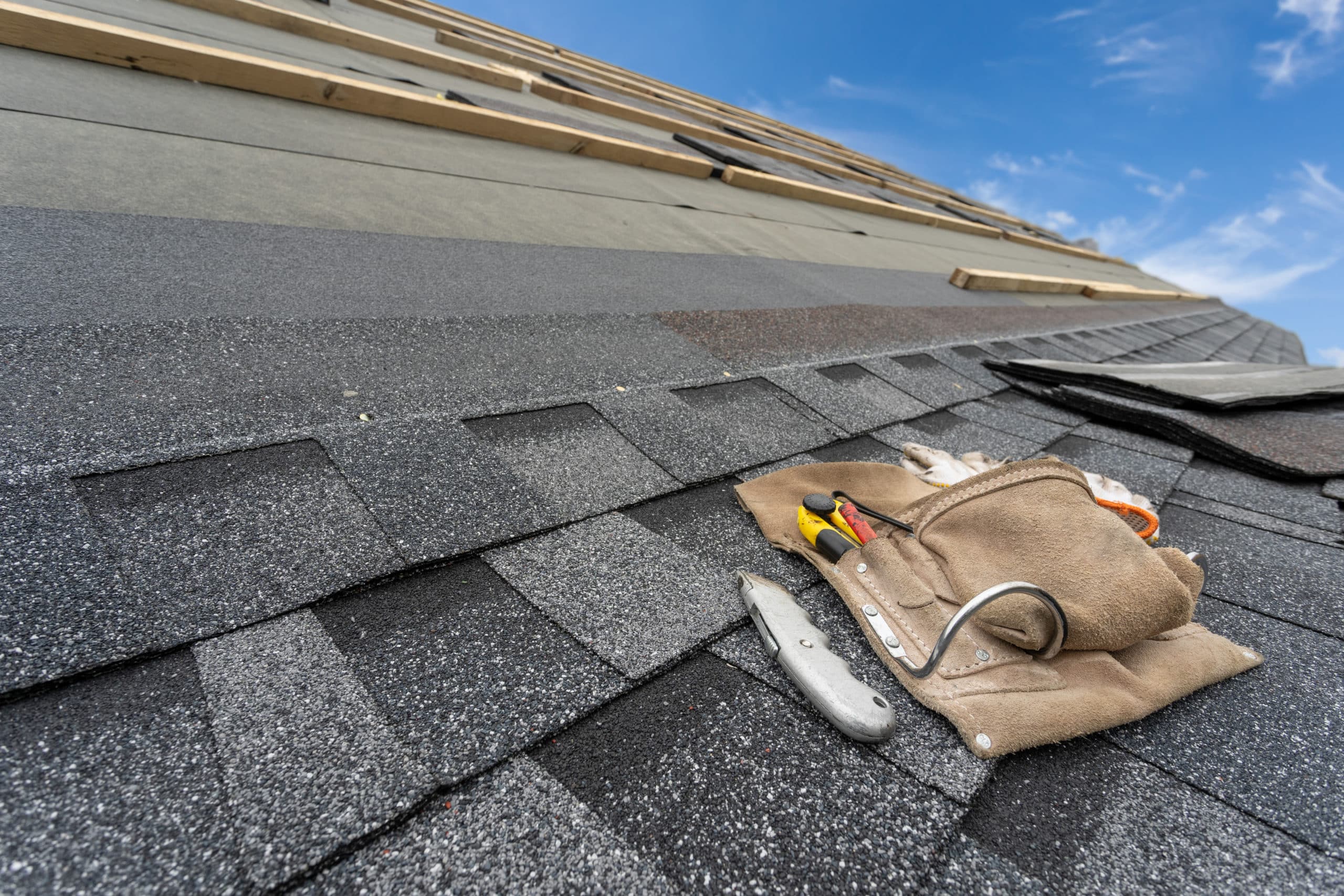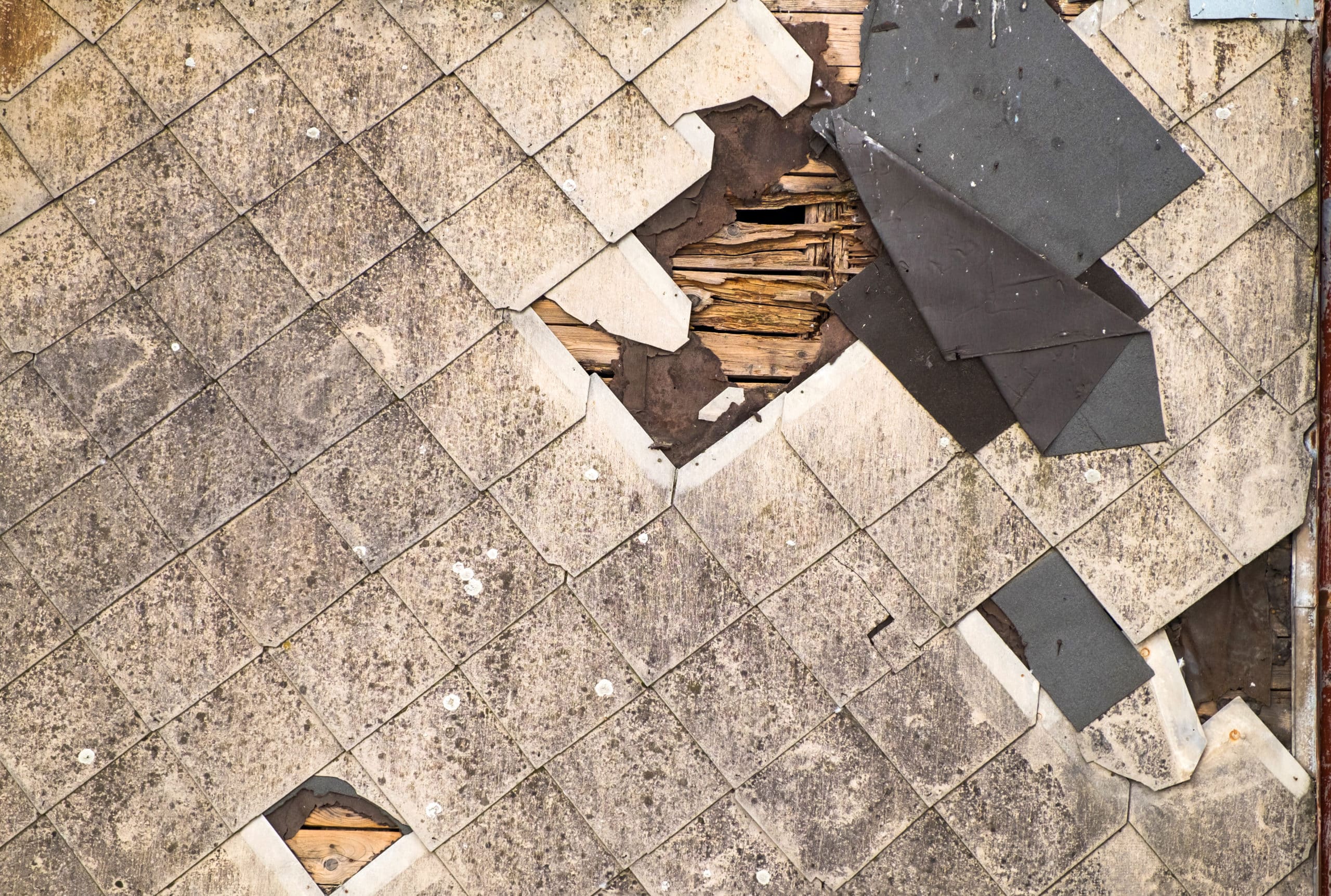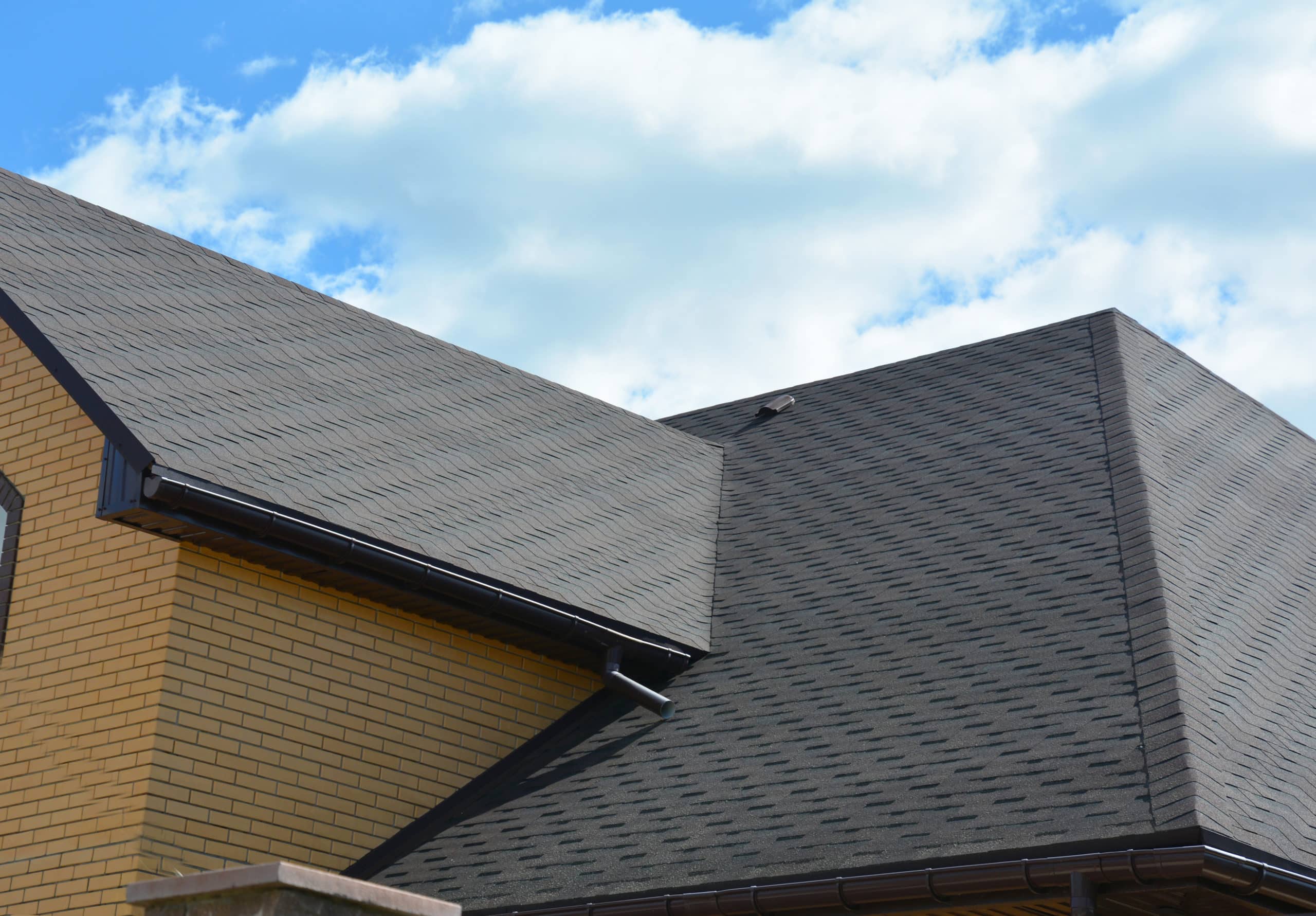There’s a lot going on underneath those shingles, and understanding all the little parts that go into your roof can help you make better decisions for your home and family.
So let’s take a peek under the shingles and examine your roof’s anatomy:
Decking: This is the bottom layer of your roof, and is sometimes called sheathing. The decking is nailed to the rafters, which are vertical beams that help hold up your home’s roof. Decking is generally made up of plywood, oriented strand board (an engineered wood formed from layers of wood strands), concrete, or metal. It serves as a sturdy foundation for the rest of your roof.
Underlayment: This layer protects your decking from moisture and debris, and is usually made of felt paper and other synthetic materials.
Roof covering: This is the portion of the roof you see, and serves as the topcoat—the first layer of protection against moisture.
Shingles: Shingles are specific kind of roof covering for residential roof types. There are many shingle varieties available, including asphalt, metal, wood, and tile.
Flashing: There are certain parts of your roof that are prone to water damage and leaks, like chimneys, vents, intersecting angles, and valleys. In these sections, it’s important to install roof improvements such as flashing. Roof flashing is typically made of rust-resistant metal, felt, rubber, or plastic, and is built around leak-prone areas.
Drip edge: This refers to metal flashing that’s installed around the edges of your roof, designed to direct rain away from your house and into the gutter.
Gutter: The gutter is attached to your drip edge and designed to capture water shedding off of the roof.
Downspout: It’s important to funnel water away from your home, and your downspouts play a big role in this effort. These vertical spouts attach to your gutter and direct rainfall off your roof.
Eaves and overhangs: Hanging a roof covering past the edge of your home creates eaves and overhangs. Overhangs are important for several reasons; they keep water off of your home’s siding, windows, and doors, redirect water away from your home’s foundation, and shade your windows to combat heat during the summer months.





